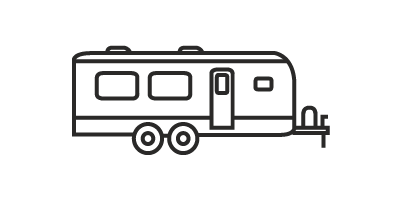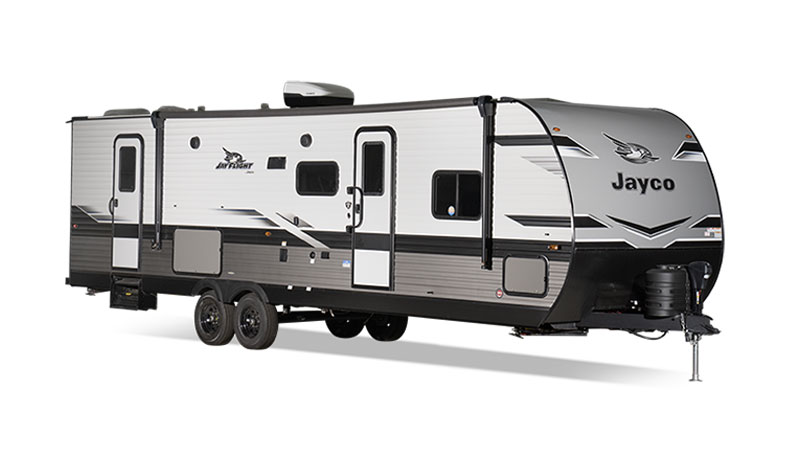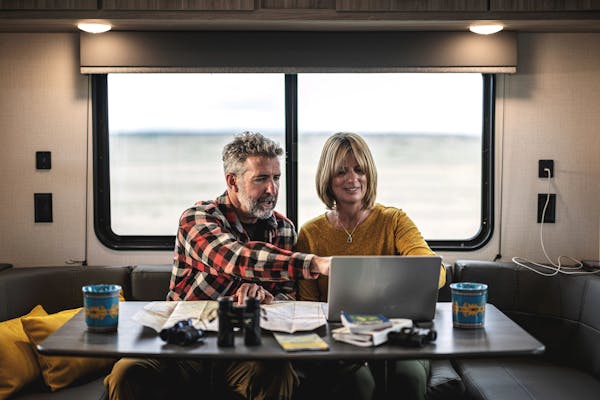National parks and RVing seem to go hand in hand. RVers are drawn to these places thanks to their vast beauty and endless opportunities for exploration. But sometimes the dream of visiting a national park can seem out of reach due to large crowds, high prices and limited reservations. If you’ve ever experienced any of these concerns then we have a solution for you!

Visiting a national park during the shoulder or off season means better views, less crowds, more active wildlife, and discounted lodging and activities. The shoulder season can vary from park to park but is typically defined as late April through May, and September through early October. The off season is usually the winter months, running from November through March. And while there are many benefits to visiting during these times, there are also some things to be aware of, including road closures, reduced operations and inclement weather.
Here is a list of reasons why we love visiting national parks during the shoulder season, as well as some things to look out for if you choose to plan your RV trip during this time.











